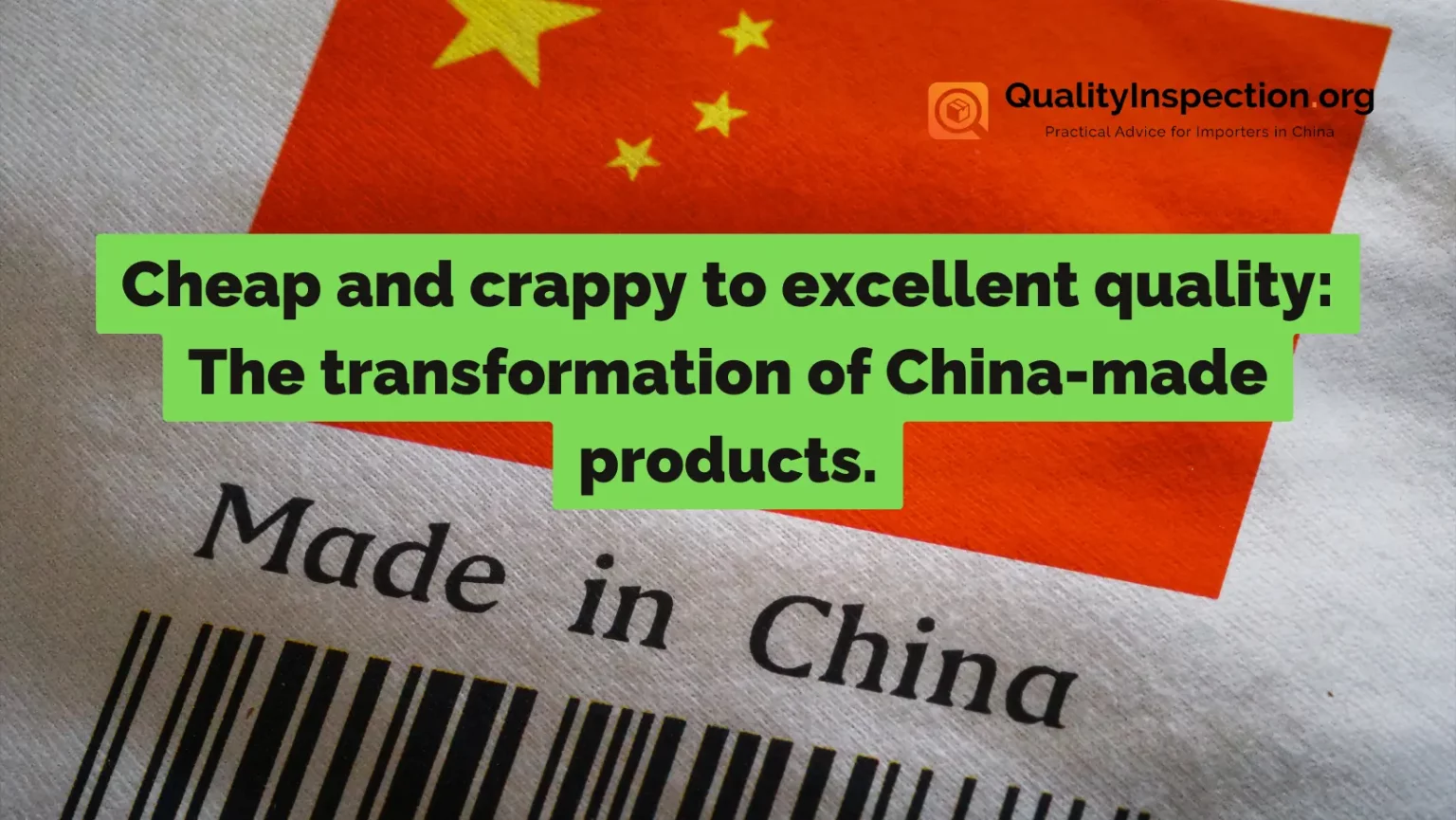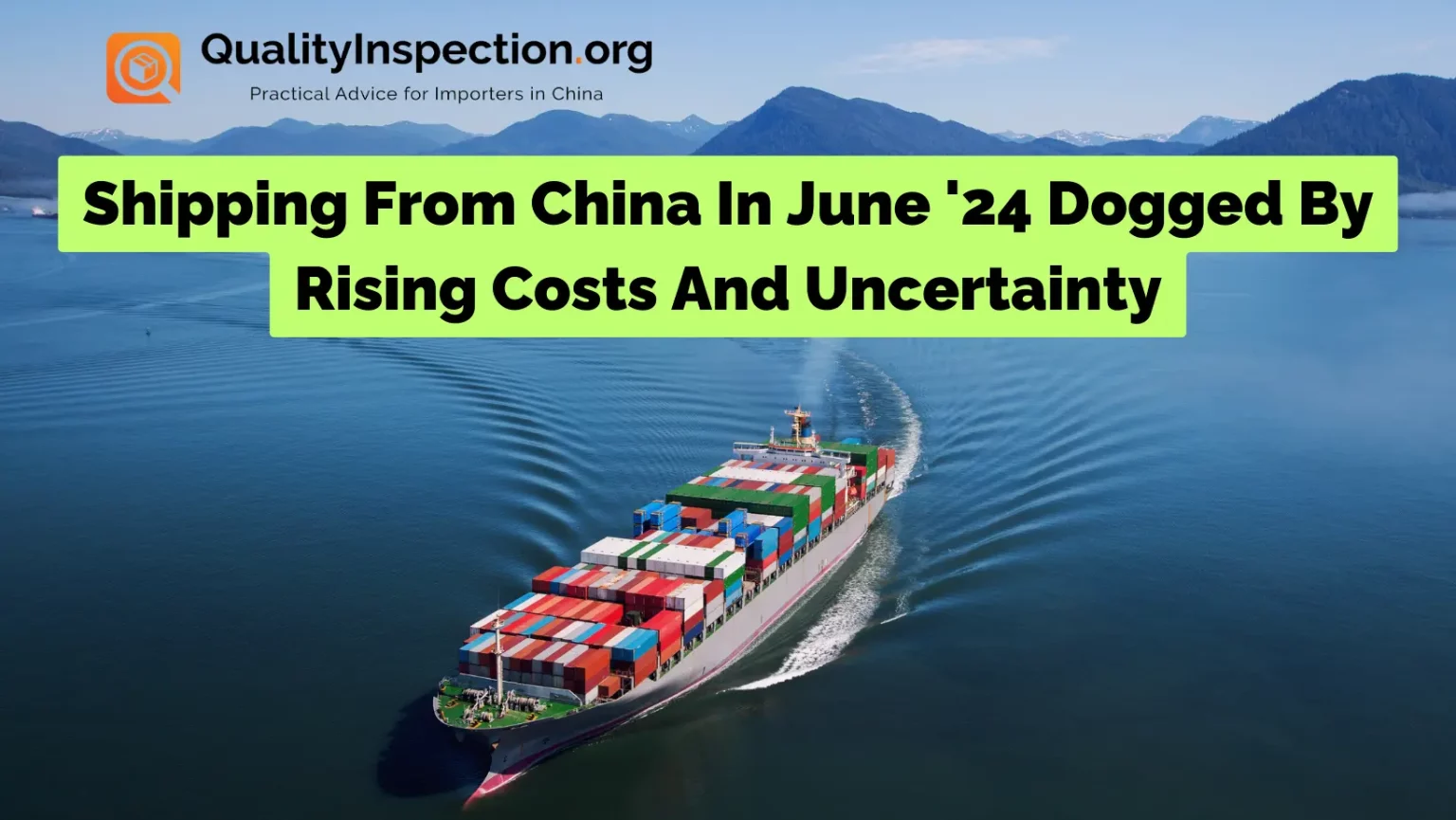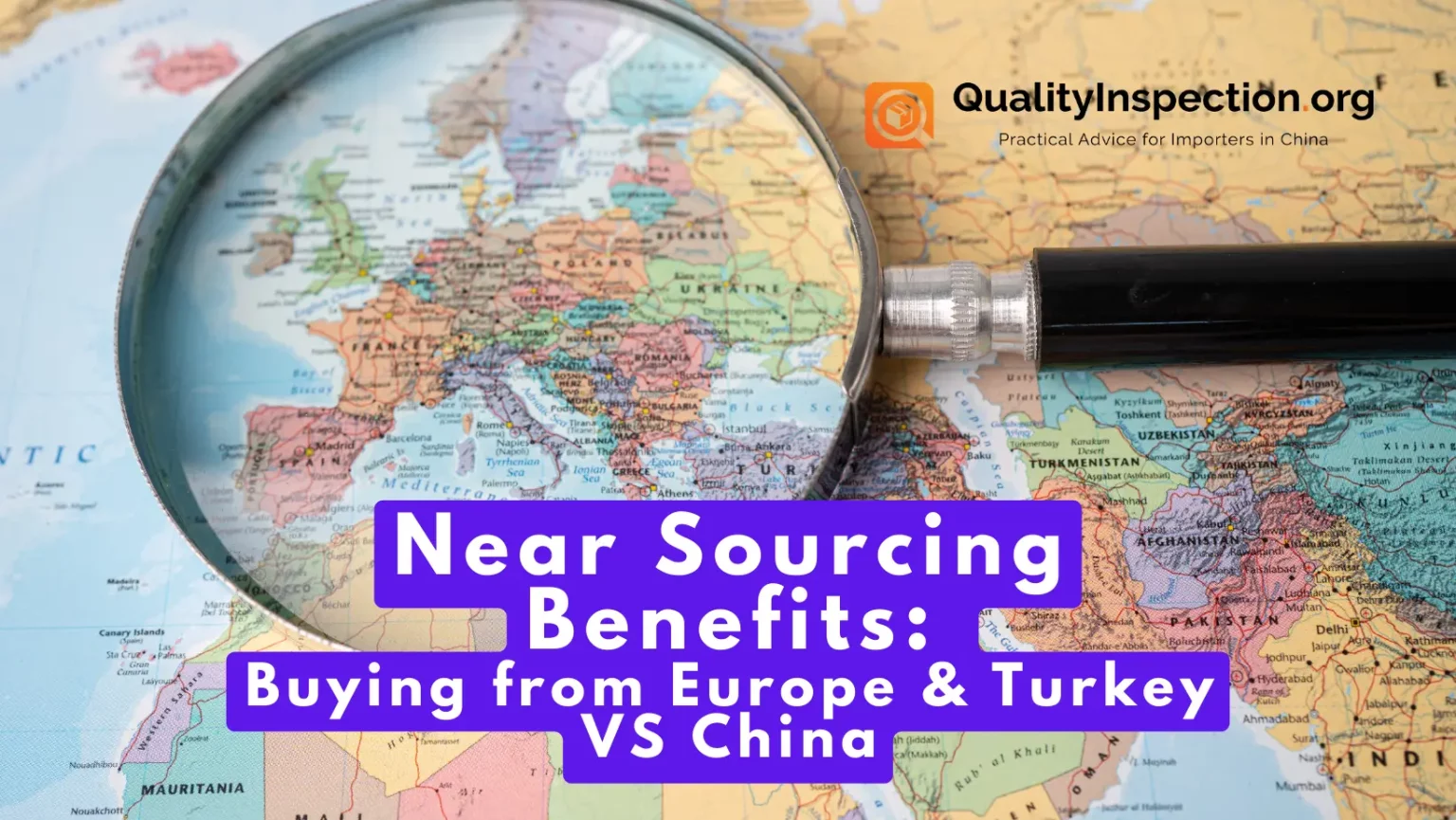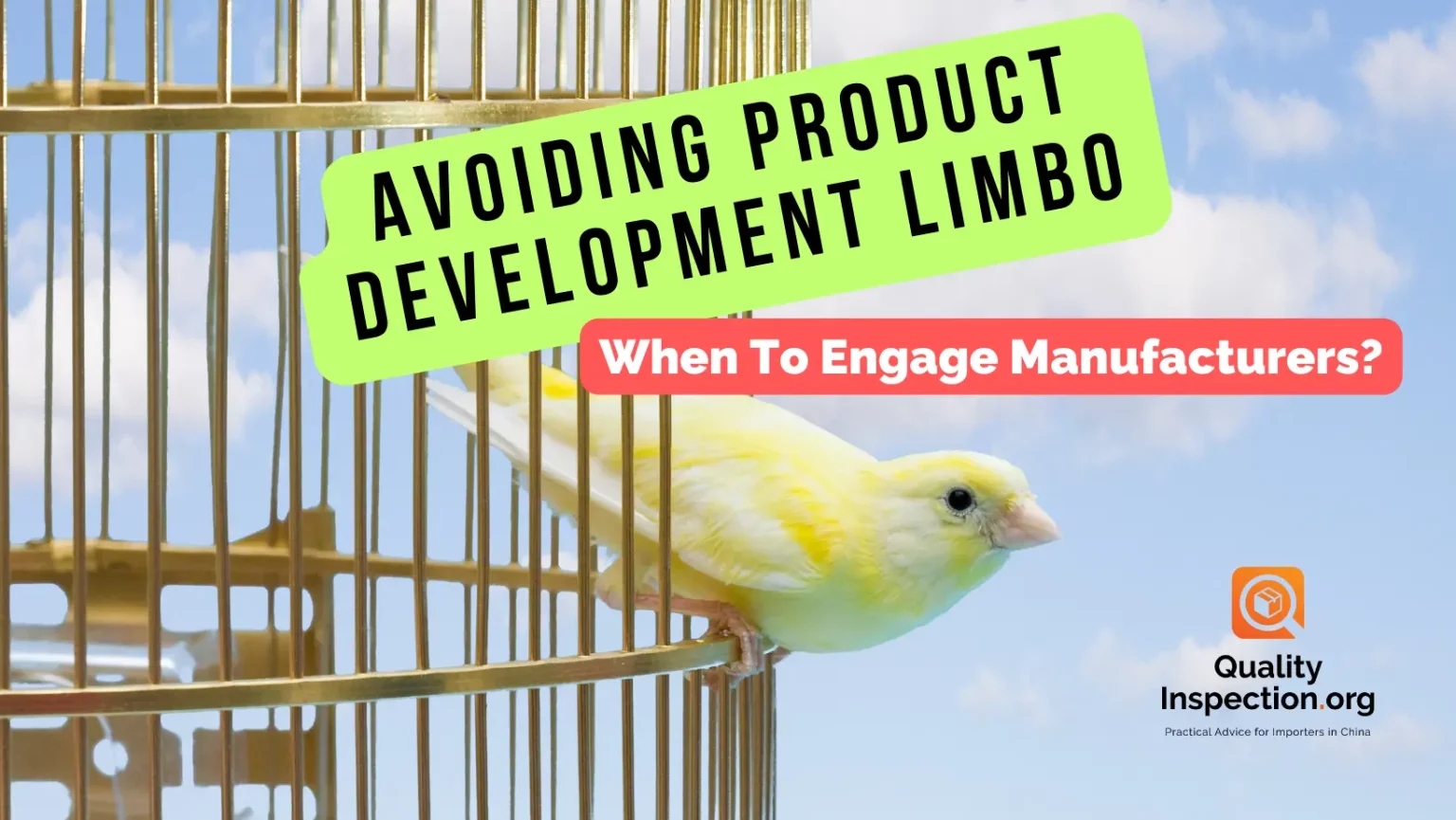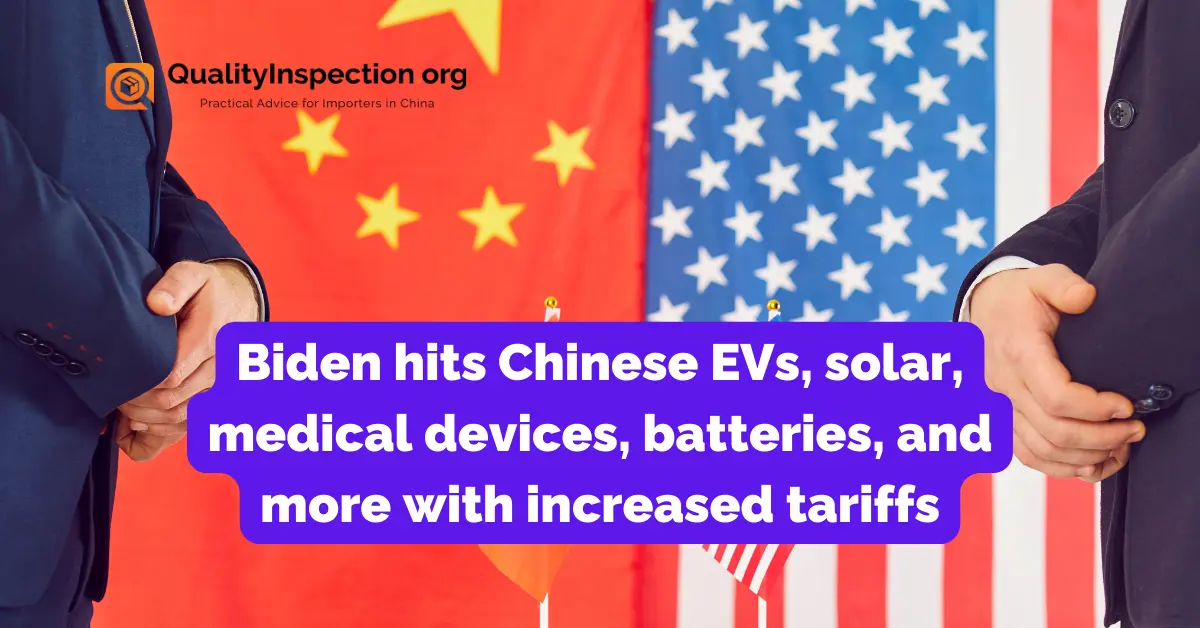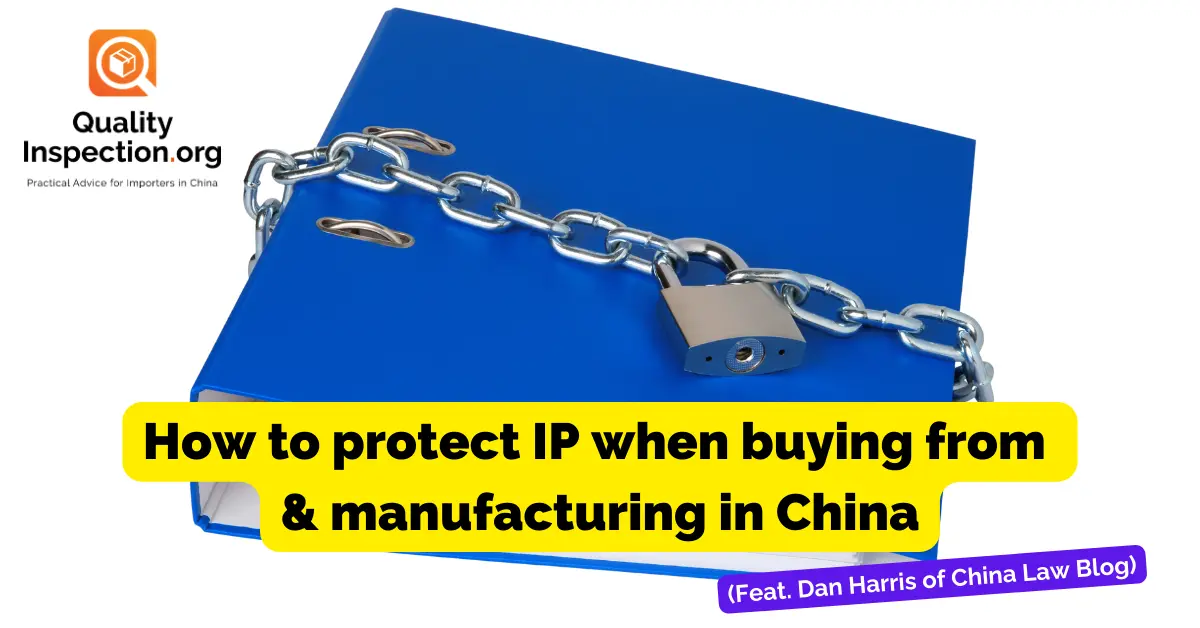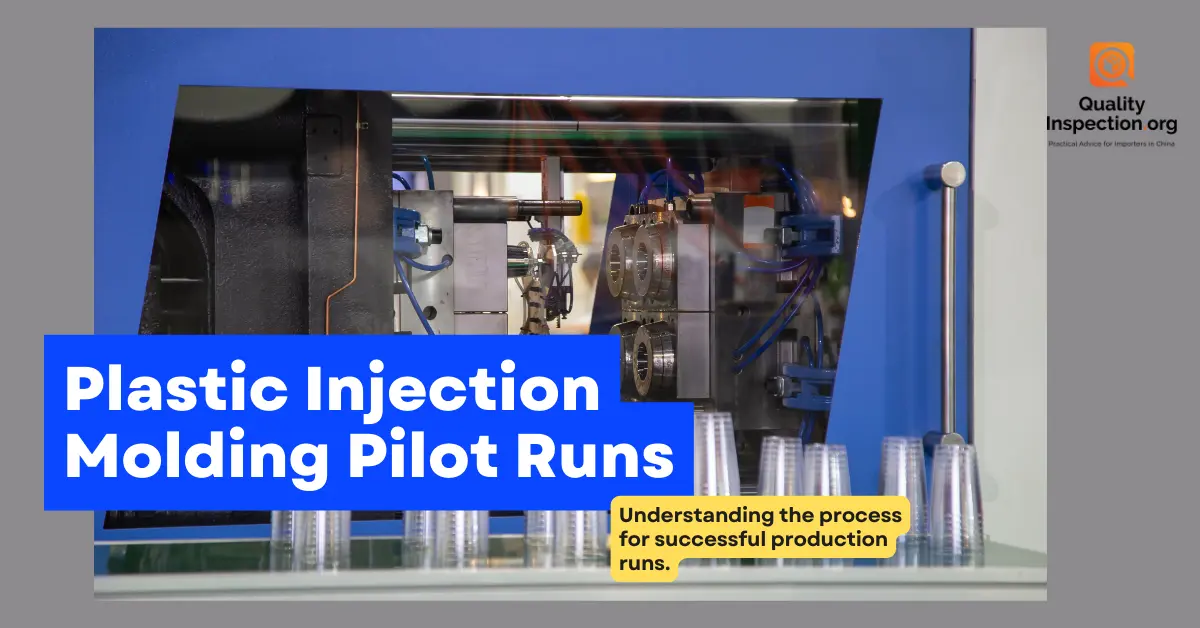China used to be well-known for mainly cheap, low-quality products, but those days are largely behind us. Any number of cutting-edge and high-quality products are made in China now, think Apple and Tesla products, world-class white goods, … [Read more...]
Shipping From China In June ’24 Dogged By Rising Costs And Uncertainty
Kate, Sofeast's Supply Chain Management head, provides an update on shipping costs from China in June 2024. It's bad news, unfortunately, as costs are rising and there are now unexpected fees being added by shipping lines, too. So what are … [Read more...]
Elon Musk’s 4 Common-Sense NPI Tips
Let's listen to Elon Musk's insights and philosophy into developing and bringing new products to market (from an interview by 'Everyday Astronaut' on YouTube at his launch facility a few years back). A love/hate figure, Musk has succeeded … [Read more...]
Behind-the-Scenes at Apple’s Reliability Testing Lab: What can we learn?
Renaud is joined by Andrew Amirnovin, Sofeast's product reliability head, and they're looking at how Apple tests iPhone reliability and durability. Recently Marques Brownlee shared some videos from within Apple's testing lab and interviews … [Read more...]
Design Reviews: An Important Step Before New Product Launches
What are the design reviews typically carried out during the new product design, development, and manufacturing process, and when do they take place? These reviews are an important piece of the puzzle for reducing the risks of reliability … [Read more...]
Near Sourcing Benefits: Buying from Europe & Turkey VS China
Suppose you're buying products from China now and thinking about near sourcing to diversify your pool of suppliers and take advantage of the benefits of working with closer suppliers. In that case, this post is a good … [Read more...]
Avoiding Product Development Limbo: When To Engage Manufacturers
We are regularly in contact with companies that complain their new product is in ‘product development limbo’… it was planned to take 3 or 6 months, but it turns out that after 9 to 12 months there are still gnarly technical challenges to … [Read more...]
Biden hits Chinese EVs, solar, medical devices, batteries, and more with increased tariffs
On May 14th 2024, the Biden administration announced new China tariffs that could value around US$18 billion in tax revenues. Products in the firing line are broadly related to American national security and include semiconductors, EVs, … [Read more...]
How to protect IP when buying from and manufacturing in China (Feat. Dan Harris of China Law Blog)
Dan Harris, Partner of the US law firm Harris Sliwoski LLP and long-time writer of the China Law Blog, shares his tips on common IP risks in China and steps you can take to protect your business when you buy from Chinese suppliers or … [Read more...]
Plastic Injection Molding Pilot Runs: What You Need To Know
Plastic injection molding pilot runs are used to optimize the tooling, processes, and designs to go into mass production with a minimum of risks of defects and other unwelcome issues when parts start getting made on a large scale. But what … [Read more...]
- « Previous Page
- 1
- 2
- 3
- 4
- 5
- …
- 157
- Next Page »

